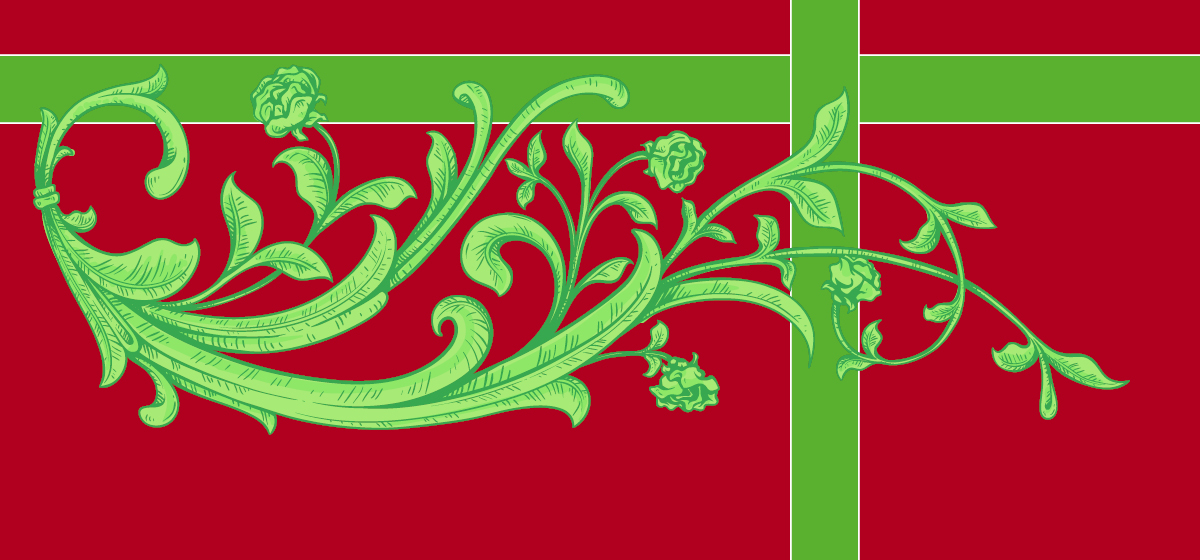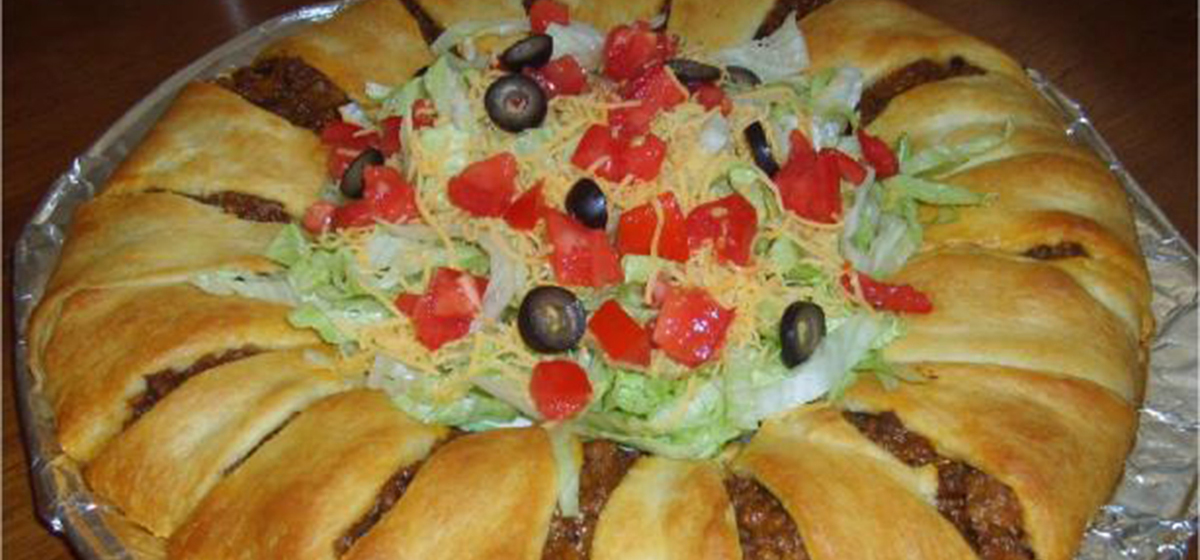Photos by SHSU Athletics
 Baseball – that grand, old game (whose development was derived from an older European game called rounders) – has long been coined this country’s “national pastime.” However, in the south, football is almost a religion of sorts—with autumn Saturdays as its “holy day.” College football in the Lone Star State has a long and storied tradition.
Baseball – that grand, old game (whose development was derived from an older European game called rounders) – has long been coined this country’s “national pastime.” However, in the south, football is almost a religion of sorts—with autumn Saturdays as its “holy day.” College football in the Lone Star State has a long and storied tradition.
Among the collegiate “pantheons” Sam Houston State University, located within the Piney Woods of East Texas, celebrates its first football centennial this fall. “Baseball may have been first, because it started in 1909, but for several years, we didn’t have a team,” recalls SHSU Associate Athletic Director for Media Relations Paul Ridings. “In fact, after the war years (World War II), baseball didn’t resume until 1949. Men’s basketball is in its late nineties (96 years), but football is the first to make it to 100 years.” In fact, except for the years America was engaged in conflict on distant shores in the preservation of liberty, “our boys” have sown the seeds of victory on the battlefield and in life between the lines of the grid-iron.
The Bearkats hosted their first football games at historic Pritchett Field. “In 1911, students played intramural football on the baseball field there. A year later, many of those same players approached biology professor S.R. Warner, who was new to Huntsville, to be their first coach,” Ridings said. “Warner had played football at William and Mary and agreed to supervise the squad for its four-game schedule.”
The following October, Sam Houston hosted its first inaugural football game against Rice University from Houston. There were no bleachers back in 1912, so spectators stood side by side on a converted baseball diamond, cheering on their beloved “Kats.” Sam Houston rebounded from that first 20-6 defeat at the hands of Rice to hammer Bryan Baptist Academic 27-6, and later upset Blinn Memorial College 18-6, before enduring a heartbreaking 19-7 loss to Lon Morris College. All four games that first season were played in the Piney Woods community of Huntsville.
 Today, Sam Houston can boast of being only one of three schools that have had playoff berths for the last four consecutive seasons (only North Dakota State and New Hampshire can say as much for FCS universities). Long gone are those early, leather helmet days on Pritchett Field, in which the team went 2-2. This season, the perennial Southland Conference contender will host five of its nine games at Elliot T. Bowers Stadium, where the Bearkats have a 31-2 record over the last four seasons.
Today, Sam Houston can boast of being only one of three schools that have had playoff berths for the last four consecutive seasons (only North Dakota State and New Hampshire can say as much for FCS universities). Long gone are those early, leather helmet days on Pritchett Field, in which the team went 2-2. This season, the perennial Southland Conference contender will host five of its nine games at Elliot T. Bowers Stadium, where the Bearkats have a 31-2 record over the last four seasons.
 Although losing starters like tailback Keshawn Hill, free safety Michael Wade, and offensive lineman John Trotter, the Kats will return All-Conference offensive lineman Donald Jackson, defensive end P.J. Hall, and defensive back Trenier Orr, as well as punter Lachan Edwards. All-Conference second teamers that will return are offensive lineman Brandon DeWitt, linebacker Myke Chatmen, and kicker Luc Swimberge. The team also returns six All-League honorable mentions. Head Coach K.C. Keeler returns as the only coach to take three different schools deep into the Final Four of the NCAA playoffs, with an outstanding 33-11 post-season record that includes going 14-4 in FCS play. He currently holds the highest number of wins in the playoffs of any active FCS coach in the country.
Although losing starters like tailback Keshawn Hill, free safety Michael Wade, and offensive lineman John Trotter, the Kats will return All-Conference offensive lineman Donald Jackson, defensive end P.J. Hall, and defensive back Trenier Orr, as well as punter Lachan Edwards. All-Conference second teamers that will return are offensive lineman Brandon DeWitt, linebacker Myke Chatmen, and kicker Luc Swimberge. The team also returns six All-League honorable mentions. Head Coach K.C. Keeler returns as the only coach to take three different schools deep into the Final Four of the NCAA playoffs, with an outstanding 33-11 post-season record that includes going 14-4 in FCS play. He currently holds the highest number of wins in the playoffs of any active FCS coach in the country.
“Those early squads had only 19 players, compared to the 100 plus that will be seeking to defend the Bearkats’ Southland Conference Championship,” Ridings continued. “It just goes to show how far this sport has progressed in the last century. The average weight of that first inaugural squad was 135 pounds, with most coming from Huntsville or Bryan and smaller surrounding communities. Longview was the farthest away back then.”
Today, the average weight is well over 210 pounds. Players come from as far away as Australia, Florida, Georgia, Washington, Oklahoma and Louisiana.
Three-time All-Lone Star Conference legend Jack Kyle recalled when the Kats wore leather helmets. “We wore them my first season (1948), but they introduced the new plastic helmets by my sophomore year. They’d bust like glass in a collision,” Kyle said. “They didn’t give you as much protection back then—not nearly what the helmets of today’s players do. But at least the leather helmet fit your head. Those old plastic helmets had this webbing inside that was supposed to keep your head from hitting the plastic, but that didn’t always work.”
Back on that first Sam Houston team equipment (which included those leather helmets, along with heavily-padded pants made of heavy, thick canvas) cost about $12. The modern Bearkat team’s cost more than $800 per player. In 1920, bleachers were finally added to the west side of Pritchett Field. The move opened up the field of play by allowing the Bearkat fans a better view off the sidelines.
In April of 1923, Sam Houston became part of the Texas Intercollegiate Athletic Association (known as the TIAA). This was the university’s first athletic conference. During that same season, the “Bearkat” was officially adopted as the institution’s mascot and nickname. Rumor has it that General Sam Houston said he wanted his soldiers to be as tough as “Bearkats.”  Later that same year, the Kats “whooped” Stephen F. Austin in the first “Battle of the Piney Woods.” The conflict currently stands as one of the state’s oldest continuous rivalries in college football.
Later that same year, the Kats “whooped” Stephen F. Austin in the first “Battle of the Piney Woods.” The conflict currently stands as one of the state’s oldest continuous rivalries in college football.
By 1930, the 20-0 drubbing of Stephen F. Austin in Huntsville gave the Kats their first championship season under Coach J.W. Jones. That team completed the season 9-0-1.
By 1931, North Texas, East Texas, Southwest Texas, and Stephen F. Austin joined Sam Houston as charter members of the new Lone Star Conference.
During the Depression years, the Work Progress Administration (WPA) worked to erect stone bleachers on the west side of Pritchett Field. Later, contractors completed grandstands and box seats. By 1932, lights were added. The Houstonian reported that supporters showed up in “droves” to witness the “spectacle” of seeing their beloved Kats under the bright lights. “Back then, teams played with a white ball that made it easier for the men to field kickoffs and punts and spot the ball against the night sky,” Ridings added.
As one of the founding members of the Lone Star Conference, the university made its first national intercollegiate affiliation as a member of the National Association of Intercollegiate Athletics (NAIA). In 1964, the Kats tied Minnesota’s Concordia 7-7 to become NAIA Co-Champions. In 1983, Nicholls State, Northwestern State, Southeastern Louisiana, Southwest Texas and Stephen F. Austin, along with Sam Houston, formed the Gulf Star Conference. The new league began play for the 1984-85 school year. The following September, Sam Houston had its first ever telecast football game. By the end of the ‘85 season, the Kats upset Southwest Texas 27-25 to earn the Gulf Star Conference Championship.
 Bearkat Stadium, later renamed Elliott T. Bowers Stadium in honor of the former university president, opened in 1986, with a 23-6 victory over Montana State to more than 12,000 fans. “Moving into Bowers Stadium and up to FCS (in ’86 and ’82 respectively) was a very exciting time,” said Director of Athletics Bobby Williams. Williams joined the staff as an assistant on Ron Randleman’s coaching staff in 1982. “For years, we recruited based on pictures of the new stadium and a hole in the woods here on the hill where the stadium was going to be built. Moving was very uplifting. It was new and modern, and we learned to really appreciate it.”
Bearkat Stadium, later renamed Elliott T. Bowers Stadium in honor of the former university president, opened in 1986, with a 23-6 victory over Montana State to more than 12,000 fans. “Moving into Bowers Stadium and up to FCS (in ’86 and ’82 respectively) was a very exciting time,” said Director of Athletics Bobby Williams. Williams joined the staff as an assistant on Ron Randleman’s coaching staff in 1982. “For years, we recruited based on pictures of the new stadium and a hole in the woods here on the hill where the stadium was going to be built. Moving was very uplifting. It was new and modern, and we learned to really appreciate it.”

In the 1994 ABC televised game, Bearkats defeated 14th ranked Alcorn State before the largest crowd (16,148) in Bowers Stadium history
In 1994, 16,148 fans watched along with the nation as ABC Television saw the Bearkats defeat 14th ranked Alcorn State and future Super Bowl and NFL MVP quarterback Steve “Air” McNair in Bowers Stadium. That crowd remains the largest in school history. Sam Houston became the first and only Southland team to be paid to televise a home game by a major national network, earning the university $25,000 to air the Alcorn State matchup.
Over the years, the Kats have enjoyed success in FCS competition that has led to 19 other appearances on the ESPN networks, which included the national “Kickoff Classic” just this past August. As the 100th season gets underway, fans and athletes alike are looking forward to the next 100 years with even greater possibilities.



